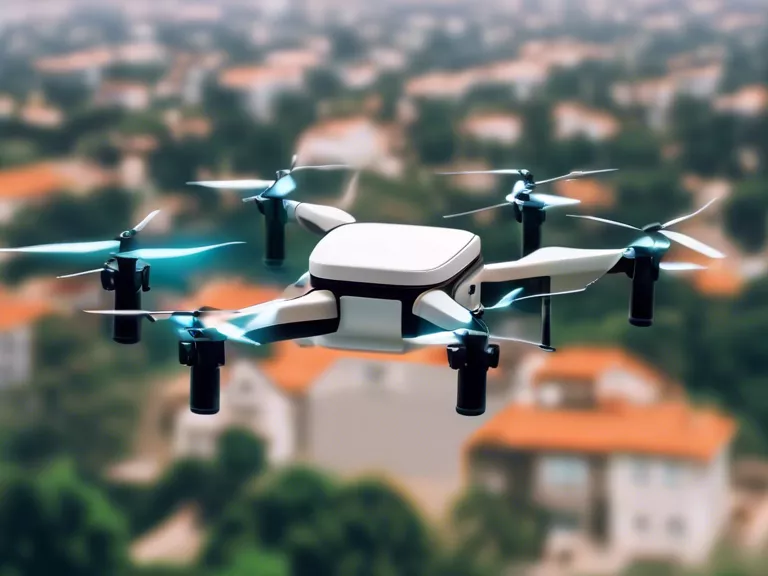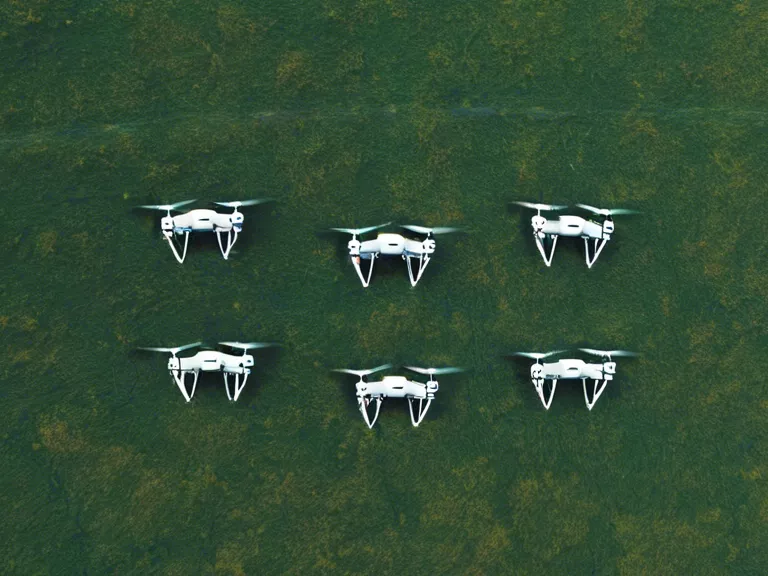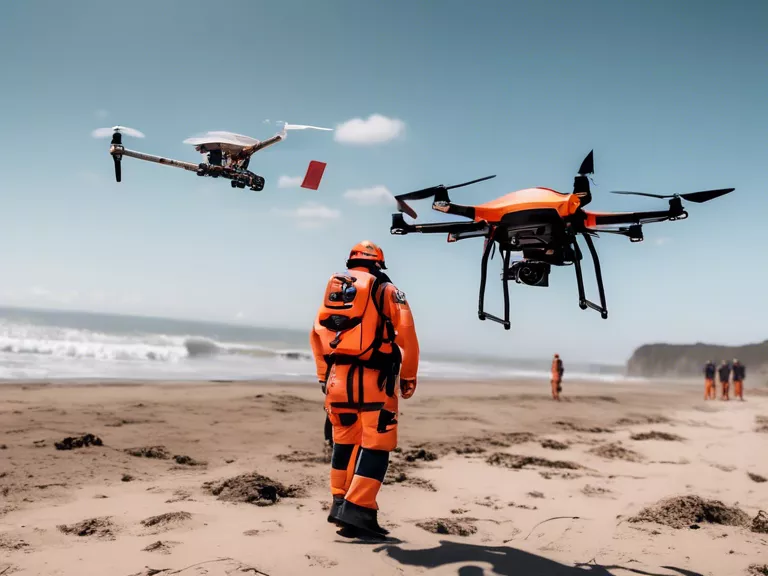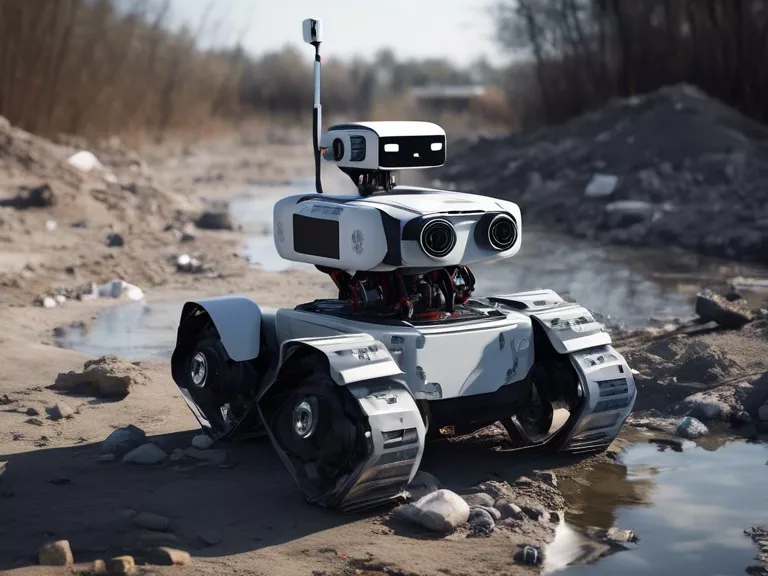
In recent years, the use of AI-powered delivery drones has been gaining traction in the logistics industry and revolutionizing the way goods are transported. One of the key areas where these drones are making a significant impact is in reducing last-mile delivery costs. By utilizing artificial intelligence to optimize routes, these drones are able to efficiently deliver packages to customers' doorsteps, saving both time and money for logistics companies.
AI-powered delivery drones are equipped with advanced algorithms that analyze data such as traffic patterns, weather conditions, and package sizes to determine the most efficient routes. This optimization not only saves time but also reduces fuel consumption and carbon emissions, making the delivery process more environmentally friendly. By bypassing traffic congestion and navigating through obstacles, drones are able to deliver packages faster and more efficiently than traditional delivery methods.
Furthermore, AI technology allows these drones to learn and adapt to their surroundings, constantly improving their navigation capabilities. This means that as more data is collected and analyzed, the drones become more efficient at finding the best routes and avoiding potential obstacles. This continuous learning process ultimately leads to faster and more reliable deliveries, which in turn reduces costs for logistics companies.
Another advantage of AI-powered delivery drones is their ability to operate 24/7, without the need for breaks or rest periods. This constant availability means that packages can be delivered at any time of the day or night, further optimizing the delivery process and reducing delays. Additionally, drones can cover long distances in a short amount of time, extending the reach of logistics companies and enabling them to serve more customers in remote or hard-to-access areas.
In conclusion, AI-powered delivery drones are playing a crucial role in reducing last-mile delivery costs by optimizing routes, improving efficiency, and operating around the clock. As this technology continues to advance, we can expect to see even greater cost savings and improvements in the logistics industry.



